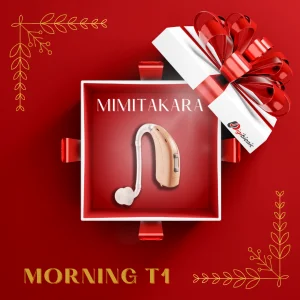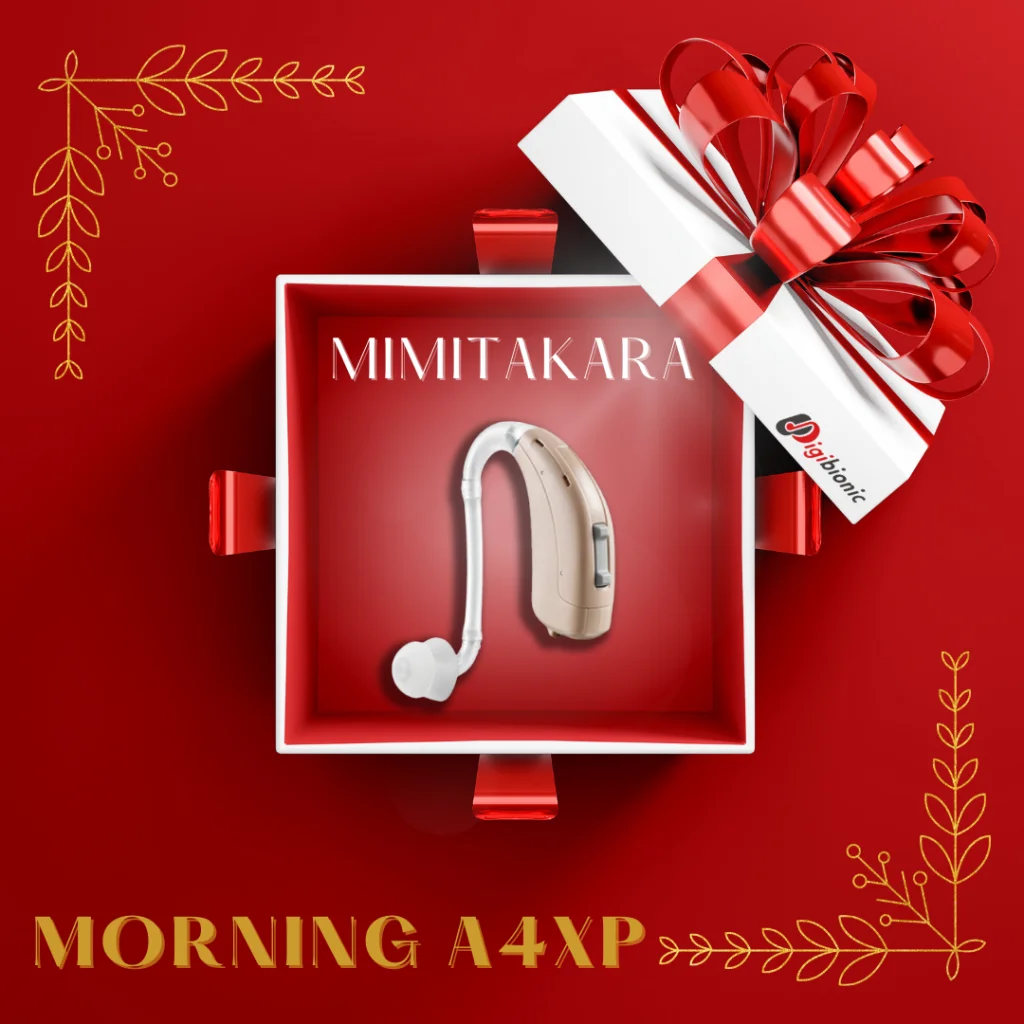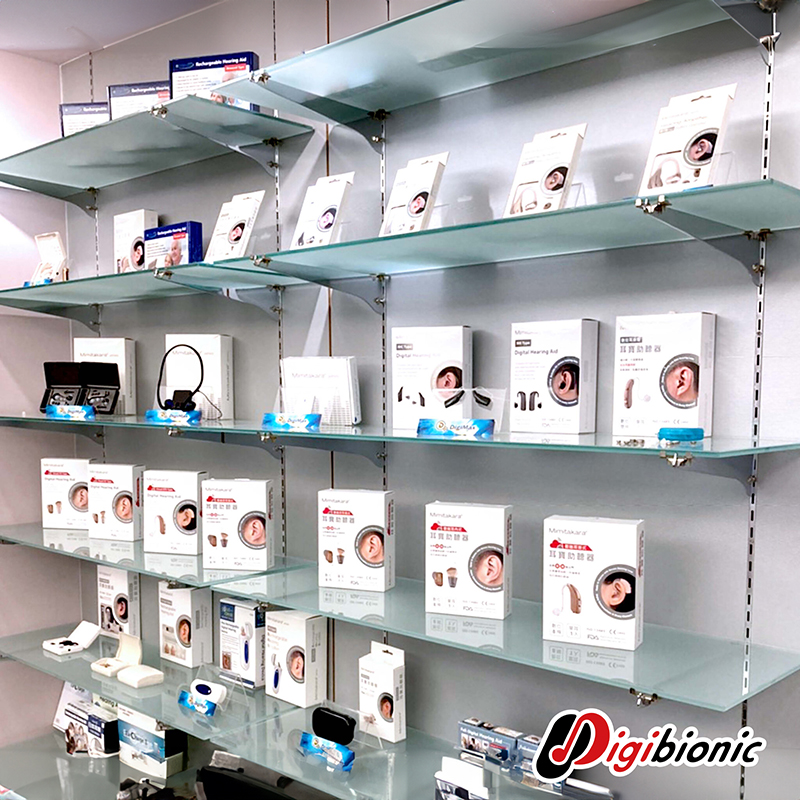Senior-Friendly Handbook for Purchasing Hearing Aids
- May 15, 2024
- Written By Digibionic India

Function and performance of Hearing aid
Hearing loss is prevalent among seniors, diminishing their confidence in daily communication. This impedes effective interaction, often necessitating repeated requests for clarification. Such difficulties may frustrate both the speaker and the listener, impacting relationships and communal living arrangements and this is where hearing aid will be handy.
A hearing aid is an electronic device designed to address the aforementioned issues and enhance auditory capabilities. Typically comprising speakers, microphones, and amplifiers, certain models also feature processing chips to refine sound quality. Some variants offer Bluetooth connectivity for answering calls or linking with other devices. With various styles and price points available for elderly users, selecting a suitable hearing aid is crucial for optimal hearing enhancement.
Presently, research indicates that as many as 80 percent of individuals aged 60 to 80 years encounter issues with hearing impairment, potentially leading to varying degrees of hearing loss and deafness. In light of this, Digibionic will now present guidelines on selecting hearing aids tailored for the elderly.
1. Consult an expert when choosing a hearing aid
If you begin to have trouble hearing, consult an audiologist as soon as possible. Your hearing specialist will test your hearing with an audiogram, which involves passing sound through one ear at a time. The test will help assess the extent of your hearing loss. If there is hearing loss, Hearing aids may be needed to help solve the problem. This depends on what level of hearing loss you have. Experts will recommend hearing aids based on test results. The audiogram test will give accurate results and effectively answer the question of helping you choose a hearing aid.
2. Choose according to the characteristics of the hearing aid
There are many types of hearing aids, which are classified according to their characteristics: behind-the-ear hearing aids (BTE), receiver-in-canal hearing aids (RIC), and in-the-ear hearing aids (ITC).
- Behind-the-ear (BTE) hearing aids are the most popular type of hearing aid. Because it is designed to be lightweight, comfortable to wear, there is a speaker built into the hearing aid. There is a sound tube that carries sound into the ear canal. Hearing aid amplifiers are designed to suit various levels of loss. This can be chosen according to the level of hearing loss. There will be levels from slight-moderate loss, moderate-severe and severe-very severe loss.
- Receiver-in-canal hearing aids (RIC) are a popular type of hearing aid. With a compact, lightweight body that processes natural sound. The speakers are inserted into the ear canal, can be chosen to suit the level of hearing loss. There are levels of loss ranging from mild-moderate, moderate-severe, and severe-very severe.
- In-ear hearing aids (ITC) are very popular hearing aids, because the device is very small. There is only the device itself and it is hidden in the ear canal. Makes it look like you’re not wearing a hearing aid. Small, compact and fits snugly into the ear canal. It helps enhance your personality and conceals your vision perfectly. There are many models and many functions to choose from. Suitable for people with moderate-severe hearing loss.
3. Things to consider before buying a hearing aid
- Problems of hearing Hearing loss and hearing needs are not the same for everyone. Therefore, before purchasing a hearing aid, you should consult an expert to receive a hearing test and evaluation. This will help you to choose the hearing aid that best suits your loss.
- Technology and functions Once you know the level of loss next, we will choose the various functions. There are 2 main types:
Analog Analog systems are the traditional way of amplifying sound. It will receive sound and amplify it equally at every frequency.
Digital The digital system can finely adjust the frequency. Both help with high and low sounds, makes the sound heard more smooth and has a function to cut outside noise. A fallback mode can be set to change according to different hearing situations, such as if we went to a restaurant and the noise was so loud that we couldn’t focus on the conversation. We can change the mode to reduce noise and make you hear more clearly.
- Sound Quality The level of sound processing can be determined by the number of channels of the hearing aid. This is often an important indicator of differences in performance and affects hearing aid prices. When sound is fed into a hearing aid, the more channels there are, the better and more detailed the sound frequencies will be processed. The more channels a hearing aid has, the higher the price.
- After-sale service After wearing a hearing aid, the wearer will need to adjust and adjust the hearing aid for some time. To help the wearer adapt better to their hearing aids, this may require regular returns to the hearing center for adjustments. Check usage ,clean and maintain the equipment regularly, to extend the life of the hearing aid and allow the hearing aid to function at its full potential.
4. Important points in choosing hearing aids for the elderly
- Opt for a hearing aid offering high-quality sound sensitivity. This facilitates seniors’ swift adjustment to wearing hearing aids by minimizing background noise and ensuring initial comfort. Especially during the early stages of use, wearers may encounter numerous sounds they haven’t heard in a while.
- A rechargeable hearing aid helps the elderly maintain agility in usage as they no longer need to frequently replace small batteries. Therefore, utilizing rechargeable hearing aids eliminates the inconvenience and hassle of battery changes.
- The lightweight, concealed hearing aid design will help seniors feel more confident and reduce refusal to wear hearing aids.
- Hearing aids that offer customization via a mobile app, in addition to adjustments by hearing professionals, allow users to personalize sound settings according to their individual hearing needs. This feature enhances comfort during wear and increases flexibility by enabling adjustments whenever necessary.
Hence, it’s advisable to select hearing aids suitable for the elderly’s specific hearing needs and seek guidance from experts to ensure accurate advice.

Today we introduce the top 4 best hearing aids for seniors.




Selecting a hearing aid for the elderly necessitates a hearing test to determine the appropriate level of hearing loss and the correct speaker size for the user. Additionally, learning how to properly care for hearing aids is essential for their effectiveness and longevity.
Recommended Articles
Why Noise Cancellation is Important in Hearing Aids?
Early Action & Daily Habits for Better Hearing Health
Selection Guide for the Best Hearing Aids for Your Parents
25 February, 2025 Written by Digibionic India As our parents age, maintaining their quality of…








